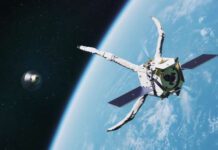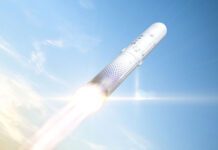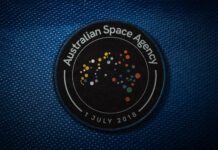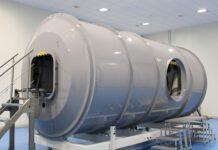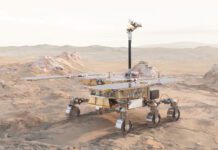
With the announcement of its commercial cargo programme, the European Space Agency appears to have stacked the deck to allow for only one challenger to be eligible to compete.
At the 2023 Space Summit in Spain, ESA member states endorsed a resolution directing the agency to create a programme that would see European companies develop cargo transportation services to the ISS and future commercial space stations. The programme appears to be fashioned after NASA’s successful Commercial Orbital Transportation Services (COTS) programme.
The details here are interesting, so let’s spell them out. Although the exact performance minimums weren’t broadly shared with the announcement, a LinkedIn post from ESA director of human and robotic exploration Daniel Neuenschwander revealed that the agency would require vehicles competing for the cargo service contracts to be able to transport four tonnes to low Earth orbit and return two tonnes back to Earth. This is, however, not what was originally stated.
In May, ESA published the first version of call for the development of a commercial cargo transportation service. That call had the same required launch date but had a minimum delivery capacity of two tonnes to low Earth orbit and a return capacity of one tonne.
To put the 4,000-kilogram cargo capacity into context, the SpaceX Dragon 1 spacecraft, which was the result of the first NASA COTS call, had a max payload capacity of 6,000 kilograms. However, only half of that represented pressurized cargo. The vehicle was also capable of returning 3,000 kilograms back to Earth.
Following the May call, ArianeGroup announced a half-scale version of Susie that would be capable of meeting the launch deadline and would have a capacity of three tonnes to low Earth orbit. Rocket Factory Augsburg made its own announcement in late September, revealing a consortium pitch called Argo that would be capable of delivering 3.4 tonnes to low Earth orbit. Under the old requirements of the call, both vehicles would be eligible. However, under the new requirements, it appears that both will fall short of the performance minimums. There is, however, still one vehicle that will be eligible: The Exploration Company’s Nyx spacecraft.
The key performance figure is the vehicle’s ability to carry 4,000 kilograms to low Earth orbit. Nyx will, as a result, be the only vehicle among those that have already been announced capable of delivering on the minimum requirements of the demonstration mission. There is, however, also the 2028 deadline.
The Exploration Company began work on its modular, reusable spacecraft in 2021 as a free flying alternative to the ISS for microgravity research. The company completed a subscale prototype of Nyx called the Bikini Demo earlier this year. The demonstrator was supposed to have flown aboard the maiden flight of Ariane 6. However, with the mission being delayed to 2024, the company has selected to launch the demonstrator aboard an ISRO PSLV flight. As the company prepares for that launch, it is already working on a larger demonstrator. The maiden flight of a full-scale Nyx spacecraft is expected in 2026. This, however, will likely be free flying mission without rendezvous and docking capabilities. That gives the company two years to execute the ISS cargo demonstration mission. This is a far more favourable timeline than any of the other bids.

